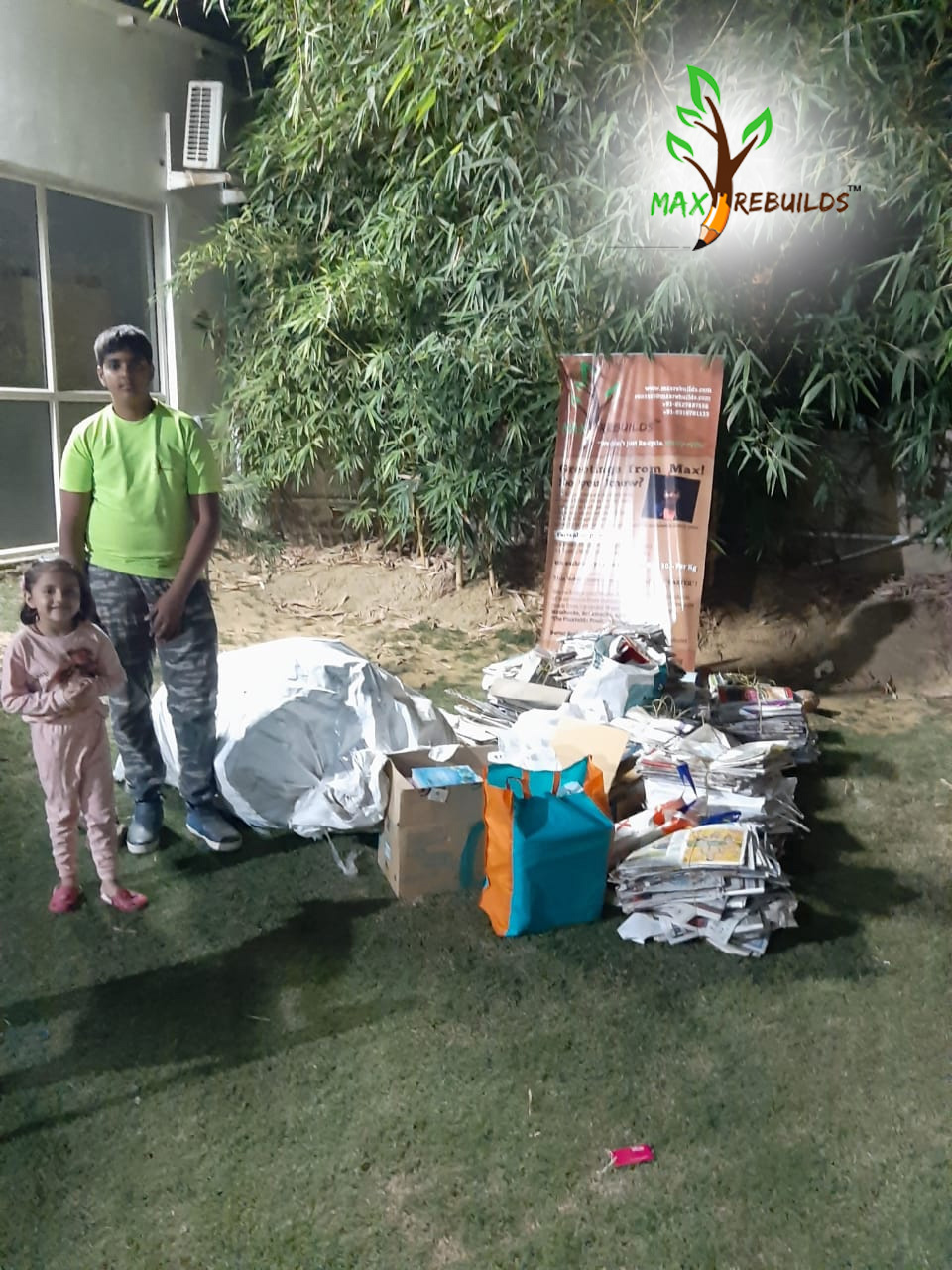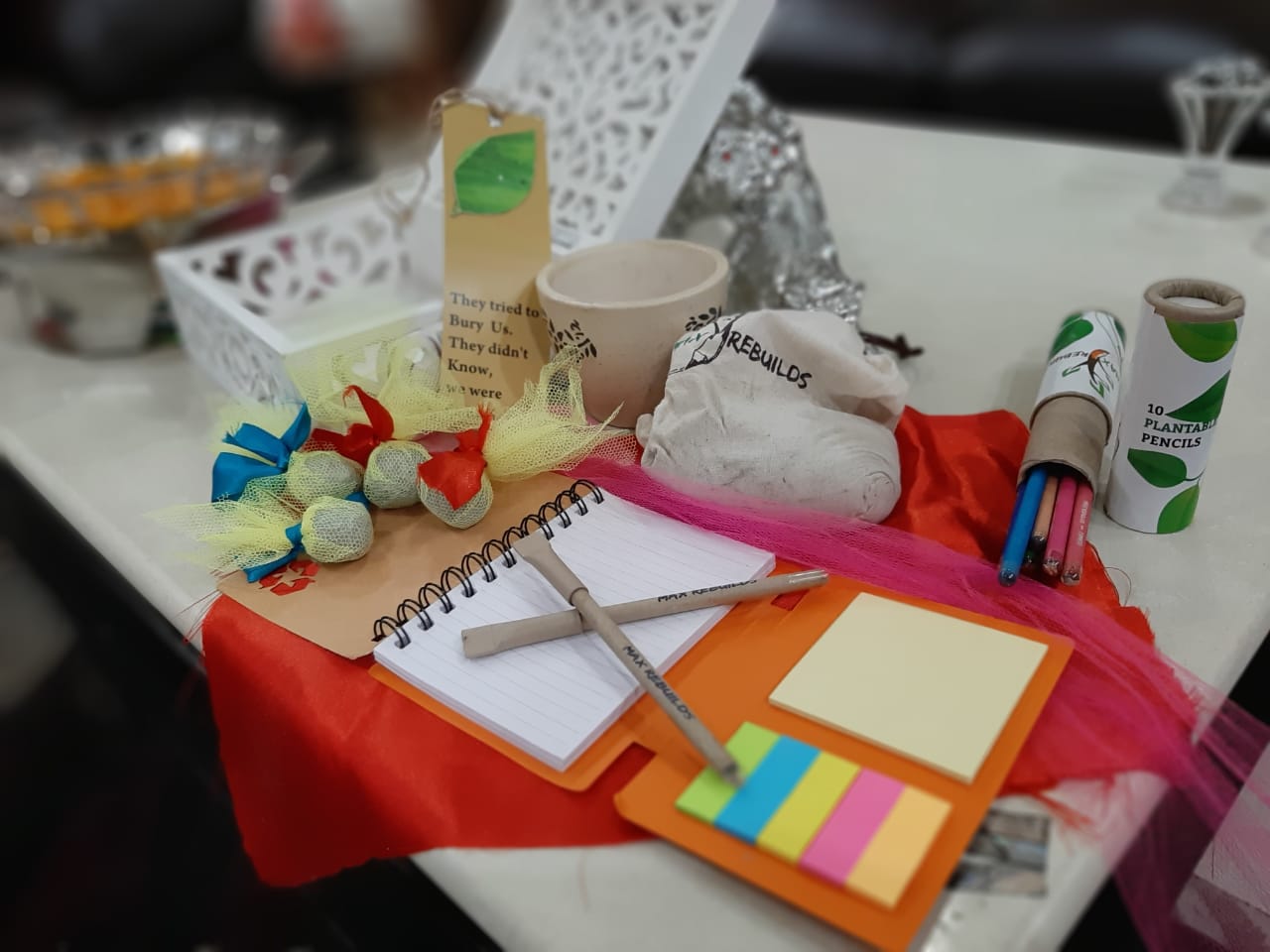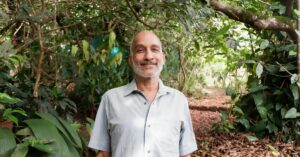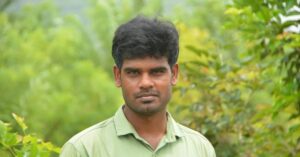Gurugram Teen Collects Milk Pouches & Old Plastic, Gives Upcycled Stationery In Return!
“I was 9 when I got interested in waste management, thanks to a community service project that I took up in school. While the project got over, my interest remained, and I have continued to find solutions to the growing plastic problem.”

Did you know that the plastic pouches used to sell milk account for a third of the branded plastic waste that is generated in most of our cities?
In Gurugram alone, 2.60 crore milk pouches are thrown away by residents, and if we calculate this for a year, then the number is around 32 crores.
This is no doubt, a staggering statistic.
Want to switch to organic basmati brown rice but not sure where to get it from? Click here!
Wanting to do something about this growing menace, 13-year-old Vikramjeet Singh Kanwar, who is also known as Max, started an initiative called Max Xchange, which allows the residents of the condominium he lives in, to exchange their dry waste for products that are made by recycling and upcycling plastic waste.
To further this unique initiative and reach out to more people, he also created a website—Max Rebuilds—which has a list of products one can get in exchange for plastic waste.
In this conversation, he explains what he does and why he chose to do it.
“I was 9 when I got interested in waste management, thanks to a community service project that I took up in school. While the project got over, my interest remained, and I have continued to find solutions to the growing plastic problem.”
The first thing that Max started doing was to collect newspapers from the condominium that he resides in.
“In one month, I managed to collect about 500 kg of newspapers. I came to be known around the condominium for that,” he says as he smiles.
So what did he do with all those newspapers?

“Initially, I would sell them to a local kabadiwala, and the money that I would make would be spent on buying stationery for the underprivileged children. But I soon realised that I was constantly chasing people to give me newspapers. I wanted to do something wherein the people approached me rather than me having to run behind them.”
The realisation that Max stumbled upon was a great learning to him, and explaining it he says, “Say you are at a shop buying something, you spend Rs 10 on it, and the shopkeeper gives you something free with it. What you will end up valuing a lot more is the item you spent money for, and that was when I realised that I needed to change how I worked.”
About one year ago Max started collecting all kinds of dry waste—plastic, paper, newspaper, milk pouches, cardboard boxes etc.
Then, with the help of a team of workers, he started converting these discarded products into products, like notebooks, pens, and coasters, that could be used again.
Explaining this, he says, “We collect your discarded dry waste, and in exchange, we will allow you to choose from an array of products that we have made using those very discarded products. We endeavour to ensure that we keep creating life from waste,” he says.
How does he do this?

Max and his team over the last year have fine tuned their collection drives and are now able to explain in 6 steps how they convert waste into useable products.
Step 1 – Collect discarded dry waste from residents, institutions, and corporate offices in Gurugram.
Step 2 – After the waste is sorted out, the newspaper is cut to size, equal to the length of the pen or pencil that they are making. One sheet of newspaper can make upto three pens/pencils.
Step 3 – To proceed further, the newspaper has to be soaked in a special glue that aids further processing.
Step 4 – The newspaper that has undergone all processing is then hand-rolled around the refill/graphite.
Step 5 – The pencils/pens are then left to dry.
Step 6 – To ensure that even these pens/pencils give rise to another life after their use, each of it comes with a capsule attached to it, which contains a plantable seed.
While these pens/pencils are made using newspapers, other products like vases, notebooks, bookmarks etc. are also available for barter.
If you are a Gurugram resident and wish to be a part of this initiative started by Max, do check out his website here or call on +91-8527887556 / +91-9319701133
Also Read: Can an Event For 10,000 People Be Zero-Waste? B’luru Lady Shares How She Did It!
(Edited by Gayatri Mishra)
Like this story? Or have something to share?
Write to us: [email protected]
Connect with us on Facebook and Twitter.
This story made me
- 97
- 121
- 89
- 167
Tell Us More
We bring stories straight from the heart of India, to inspire millions and create a wave of impact. Our positive movement is growing bigger everyday, and we would love for you to join it.
Please contribute whatever you can, every little penny helps our team in bringing you more stories that support dreams and spread hope.



















